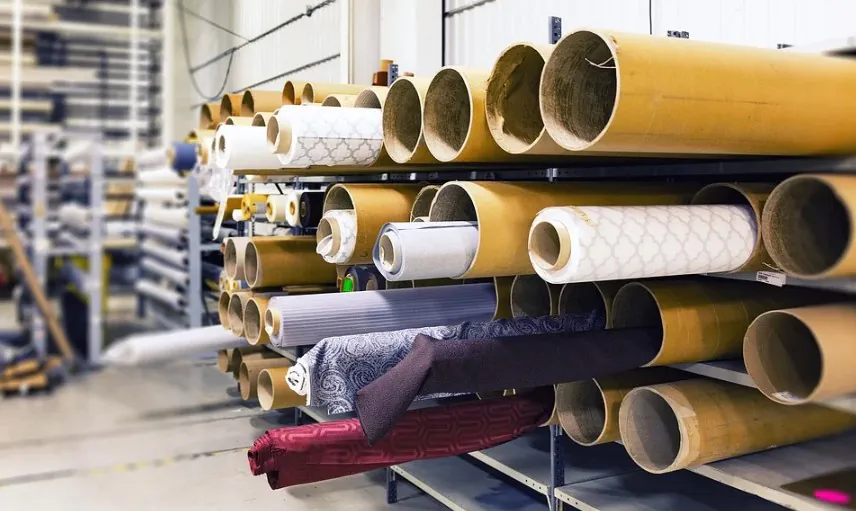Agro-textiles are an important part of the agriculture industry, performing a wide variety of functions and helping to reduce waste and increase crop quality and yield. As the demand for food and other agricultural products rises, so too will the demand for these technical textiles.
The global technical textile industry was estimated to be worth USD 142 billion in 2015 and is expected to reach USD 165 billion by 2019. Agro-textiles alone are worth over USD 8 billion, accounting for roughly 6% of the global market.
The category of agro-textiles encompasses woven, non-woven, and knitted fabrics used for agriculture, floriculture, fishing, landscaping, and related applications. Synthetic fibers are more commonly used than natural ones because of their superior strength and durability, but natural fibers have their benefits as well, such as their degradability and the potential to act as fertilizers. Nylon, polyester, polyolefin, jute, wool, flax, and hemp are some of the fibers used for agro-textiles.
Synthetic fibers tend to have a superior price-to-performance ratio, with qualities such as light weight, high strength, and long life. There are specific areas in which natural fibers are beneficial, however. When characteristics such as high moisture retention, wet strength, and biodegradability are important, natural fibers have the edge over manufactured ones.
Agriculture is a very broad field with many different requirements depending on the items being produced. As such, there is a wide range of uses for agro-textiles, and they come in many varieties. Important uses include the following:
- Sunscreen: controlling the amount of sun and shade that reaches the plants being grown, without blocking airflow
- Pest protection: open knitted nets are used to keep off birds and other small animals, and closely woven meshes protect plants from harmful insects
- Wind protection: shielding vulnerable plants or harvested crops from being damaged by strong winds and airborne particles such as sand
- Cold and frost protection: to protect plants from unexpected early or late drops in temperature
- Packaging materials: including sacks and nets for crops like fruits and vegetables, as well as nets for covering pa llets
These are only a few examples of uses for agro-textiles. There are many other ways in which they permeate the field of agriculture.
There are many benefits to employing agro-textiles. As the population rises, it can be challenging to keep up with the increasing demand for food and other agriculture products. This is particularly true at a time when countries around the world are trying to reduce their use of harmful chemicals such as certain types of fertilizers and pesticides. Agro-textiles have the ability to decrease the amount of fertilizer, water, and pesticides needed to maintain a healthy crop, thus reducing costs and waste. They can prevent soil from drying out or reduce the amount of energy needed to heat greenhouses. They also make it easier to grow crops out of season and adapt to changes in climate.
Manufacturers and researchers are constantly making innovating and improving their products, and the effectiveness of agro-textiles will likely continue to grow. This, combined with the ever-increasing need for food and other agricultural products, means that the market has a healthy future ahead of it. If you’re looking for partners in textiles, food and beverage, or countless other industries, BizVibe has you covered. Register now and connect with thousands of suppliers, manufacturers, and more.



